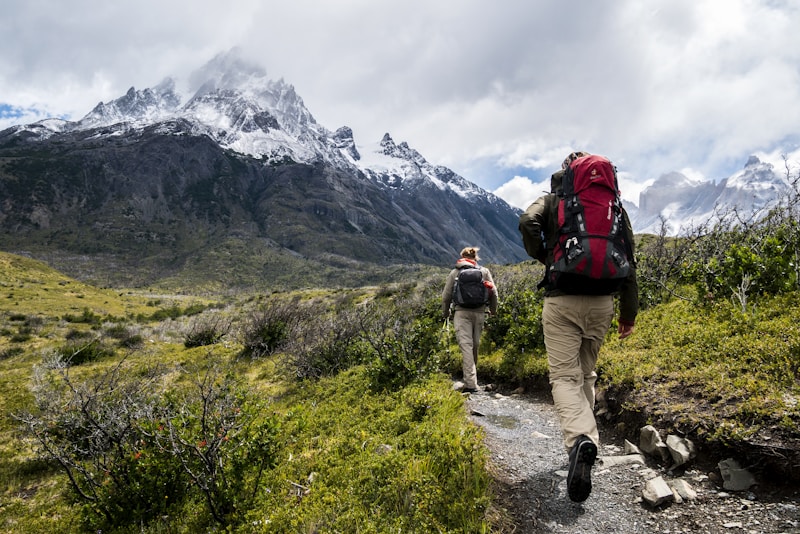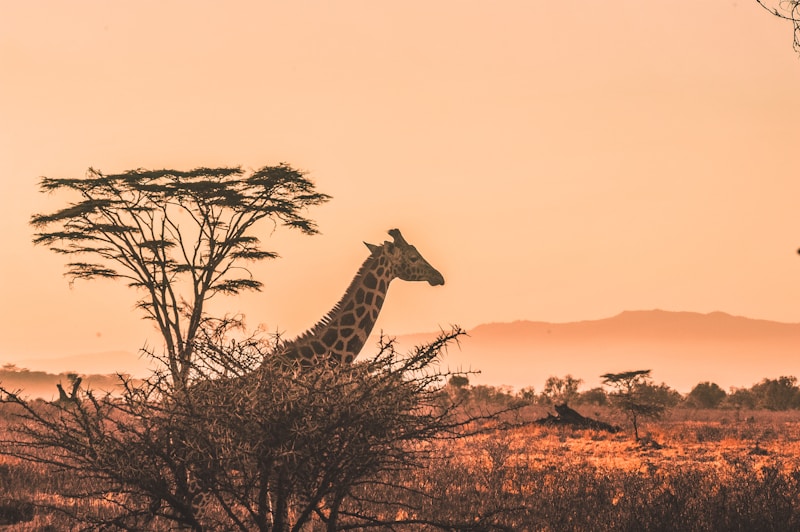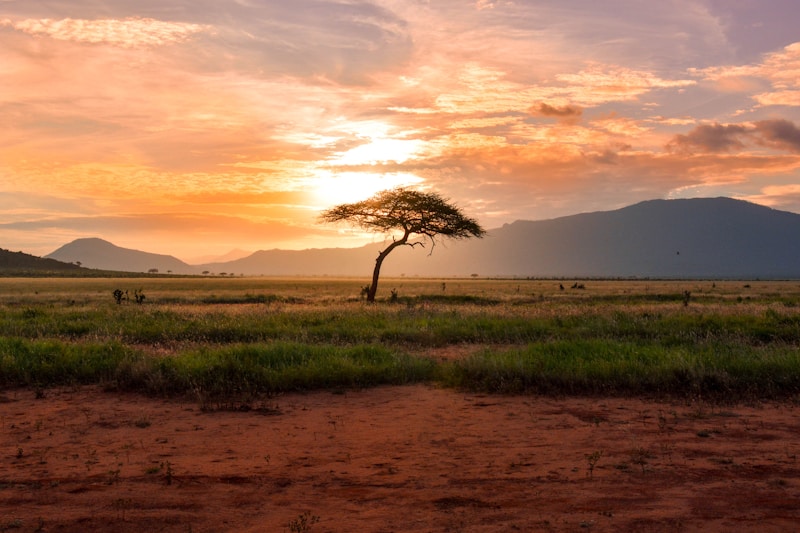The Turkana People
Desert Nomads - Masters of Extreme Heat - Lake Turkana Pastoralists
Who Are the Turkana?
The Turkana are a Nilotic pastoralist people inhabiting northwestern Kenya's Turkana County, one of Earth's hottest and most arid regions where temperatures regularly exceed 40°C (104°F). Numbering approximately 1 million people, the Turkana have developed remarkable adaptations to survive in this harsh environment. They are semi-nomadic herders, moving with their livestock—camels, cattle, goats, sheep, and donkeys—in search of pasture and water. The Turkana speak the Turkana language (Ng'aturkana), part of the Eastern Nilotic language family related to Maasai and Samburu. Historically, the Turkana migrated to their current territory from the Karamoja region of Uganda around 300-400 years ago, gradually displacing or absorbing earlier inhabitants. The Turkana are renowned for their resilience, distinct traditional dress featuring elaborate beaded necklaces and lip plugs, and expertise in desert survival. Living alongside Lake Turkana (formerly Lake Rudolf), they combine pastoralism with fishing, demonstrating remarkable environmental adaptation.
Pastoralism in the Harsh Desert Environment
The Turkana practice nomadic pastoralism, moving across vast territories following seasonal rainfall and pasture availability. Their livestock management strategy emphasizes diversity—maintaining herds of camels (best adapted to drought), cattle (most prestigious), goats and sheep (hardy and quick-breeding), and donkeys (for transport). This mixed-species approach provides resilience against drought, disease, and raiders. The Turkana developed sophisticated knowledge of their environment, identifying over 100 plants for human food, animal fodder, medicine, and materials. During severe droughts, they rely on wild foods including berries, roots, and seeds, knowledge passed through generations. Water management is crucial—the Turkana dig wells in dry riverbeds, create water storage, and maintain intricate knowledge of water sources across hundreds of kilometers. Traditional housing consists of portable dome-shaped huts (akiriket) made from palm fronds, animal skins, and grass, easily dismantled and transported during migrations.
Fishing Culture and Lake Turkana
Lake Turkana, the world's largest permanent desert lake, provides crucial resources. While pastoralism dominates Turkana identity, lakeside communities practice fishing, catching Nile perch, tilapia, and catfish using nets, hooks, and basket traps. Historically, fishing held lower status than herding, but economic pressures and drought have increased its importance. The Turkana developed unique fishing techniques adapted to the lake's alkaline waters and seasonal fluctuations. They also hunted crocodiles and harvested aquatic plants. The lake's fish provide protein when livestock die during droughts, demonstrating Turkana economic flexibility. However, the completion of Ethiopia's Gibe III Dam on the Omo River (Lake Turkana's primary water source) has drastically reduced lake levels, threatening fish populations and pastoral livelihoods along the shore.
Social Organization and Cultural Practices
Turkana society organized through patrilineal clans and age-sets, with elders holding authority in decision-making. Unlike centralized kingdoms, Turkana lacked paramount chiefs—authority was decentralized among clan elders and ritual specialists. The emuron (religious leaders/prophets) held spiritual authority, conducting divination, rainmaking ceremonies, and blessing warriors before raids. Traditional Turkana religion centered on Akuj (the supreme deity associated with the sky) and ancestor veneration. Sacred sites include mountains and special trees where rituals are performed. The Turkana practiced cattle raiding against neighboring groups (Pokot, Samburu, Karamojong), which served economic, social, and coming-of-age functions—young men proved bravery and accumulated bride-wealth through raids. These conflicts, intensified by modern firearms, continue to cause violence and government intervention.
Traditional Dress and Body Modification
Turkana traditional dress is visually striking. Women wear elaborate beaded necklaces in layers that can weigh several kilograms, with colors and patterns indicating age, marital status, and clan. Both men and women traditionally wore lip plugs (though this practice has declined), along with ear ornaments and body scarification. The Turkana developed a distinctive hairstyle called emedot—men create mud hairdos plastered with clay and decorated with ostrich feathers, symbolizing warrior status. Women wear leather skirts (akaru) decorated with cowrie shells and beads. Body adornment serves not just aesthetic purposes but communicates social information—a woman's necklaces reveal her marriage status, number of children, and family wealth. Ochre body painting provides sun protection and insect repellent while signifying beauty and cultural identity.
Modern Challenges and Adaptation
The Turkana face severe contemporary challenges. Climate change has intensified droughts—the region experiences prolonged dry periods with catastrophic livestock deaths. The 2011 drought killed an estimated 80% of Turkana livestock, pushing communities toward famine. Government sedentarization policies, establishment of Turkana County boundaries, and competing land uses (oil exploration, wind farms, irrigation schemes) restrict traditional nomadic movements. The discovery of oil reserves in Turkana in 2012 created hopes for development but also conflicts over land rights, environmental degradation, and benefit-sharing. Armed conflict with neighboring pastoralists (Pokot, Samburu, Karamojong) has intensified with automatic weapons availability. Despite challenges, Turkana people demonstrate remarkable resilience—diversifying livelihoods through trading, small-scale farming, fishing, and urban migration while maintaining cultural identity. International development programs support water provision, education, and healthcare, though many Turkana feel marginalized by Kenya's central government. Cultural tourism to Turkana region, particularly for fossil sites and traditional culture, provides some economic opportunities while raising questions about cultural commodification.
Image Gallery





